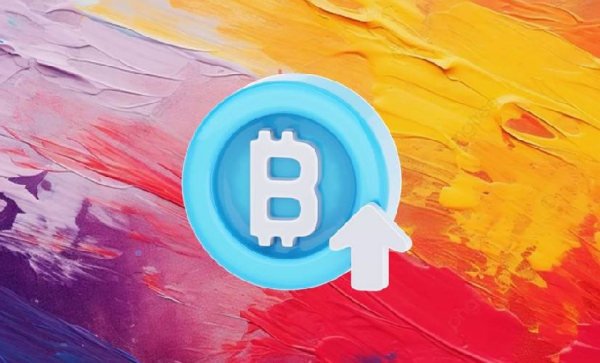Solana founder warns of quantum threat to Bitcoin

The community must accelerate the implementation of measures to protect the world's first cryptocurrency from quantum threats, as advances in computing could exceed forecasts, stated Solana co-founder Anatoly Yakovenko.
During the All-In Summit 2025 podcast, he noted that he felt there was a 50% chance we would see a significant breakthrough in this area within five years.
“We must move Bitcoin to a quantum-resistant signature system. This is my bet, because right now, a convergence of many technologies is taking place. And this asymptotic pace of AI, and how quickly it accelerates from research paper to implementation, is simply astounding,” Yakovenko noted.
In his opinion, the main signal for the migration of digital gold architecture will be the adoption of quantum-resistant cryptography by technology giants.
“So keep an eye on where Google is going,” he said.
While warning of long-term threats, Yakovenko emphasized the first cryptocurrency's resilience to existing risks.
He expressed confidence that the potential collapse of companies with Bitcoin treasuries like Strategy would cause market turmoil, but would not destroy the asset itself due to its decentralized structure.
“I think as long as there's open global competition to buy Bitcoin, […] and as long as we don't end up in some kind of regulatory nightmare, you know, like in the 1970s when you couldn't buy gold, I think it will survive these kinds of shocks,” Yakovenko said.
Solana's co-founder also praised the Proof-of-Work consensus algorithm as a reliable defense against coordinated attacks and large-scale hacks.
“The beauty is that it's the simplest protocol you can build, as it's focused solely on settlements. It's very easy to understand from an engineering perspective, and PoW is a masterpiece in terms of elegance and simplicity,” he added.
Prospects of a quantum threat
In December 2024, Google Quantum AI specialists unveiled the Willow chip, which drew attention in the crypto community as a potential quantum threat to Bitcoin.
Experts disagreed. Some pointed out that, from a mathematical perspective, the risk of a hack of the first cryptocurrency seems extremely remote. Capriole Fund founder Charles Edwards responded to the optimists by saying that their forecasts fail to take into account the exponential development of technologies. He cited the field of AI as an example.
A similar opinion was expressed by Pierre-Luc Dallaire-Demers, a scientist at the University of Calgary. He estimates that it will take about five years for commercial quantum computers to crack Bitcoin wallet security.
Regardless of the likely timeframe, the community has begun discussing the consequences for assets stored at vulnerable addresses. This includes the lost coins, including approximately 1 million BTC, likely belonging to Satoshi Nakamoto. Tether CEO Paolo Ardoino believes that all these bitcoins will eventually be hacked and returned to circulation.
Casa co-founder Jameson Lopp opposed the recovery of lost coins using quantum computing and suggested preemptively burning them.
At the same time, according to experts from Chaincode Labs, between 20% and 50% of all bitcoins in circulation (4-10 million BTC) are potentially at risk of being hacked.
Developers are considering several approaches to protecting the first cryptocurrency from the quantum threat.
In anticipation of “Q-Day.” What response to quantum computers are Bitcoin developers preparing?
As a reminder, Mysten Labs analysts concluded that the Solana blockchain is more resilient to such risks than Bitcoin and Ethereum.
Source: cryptonews.net



